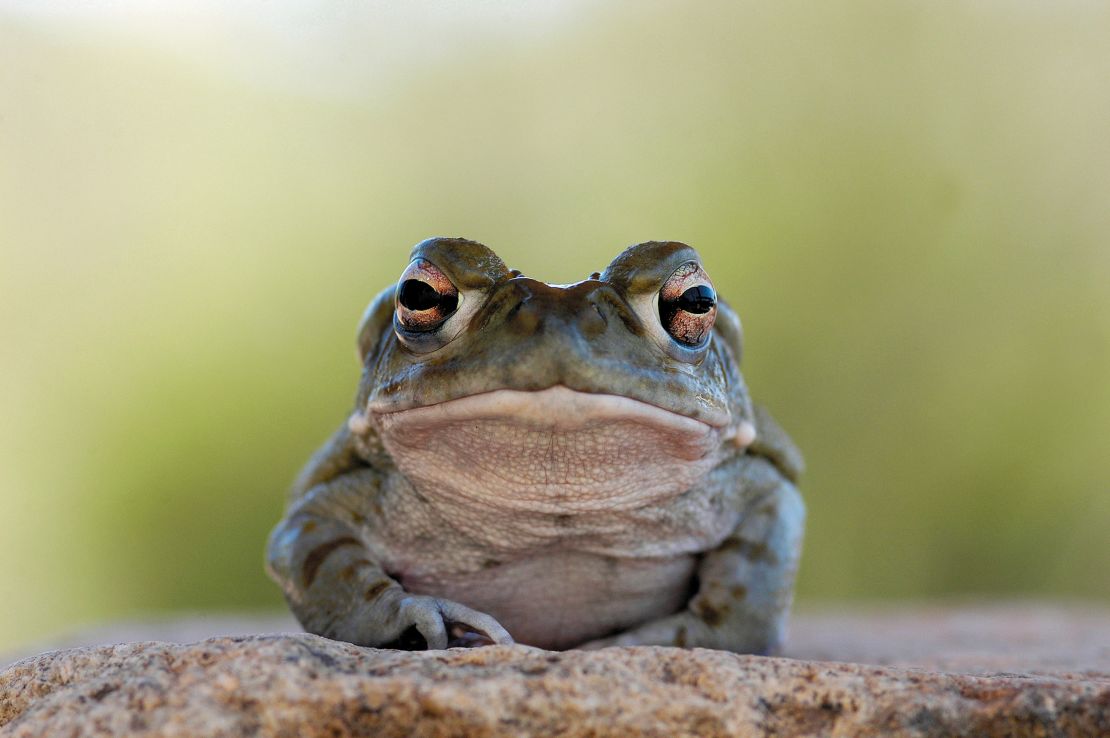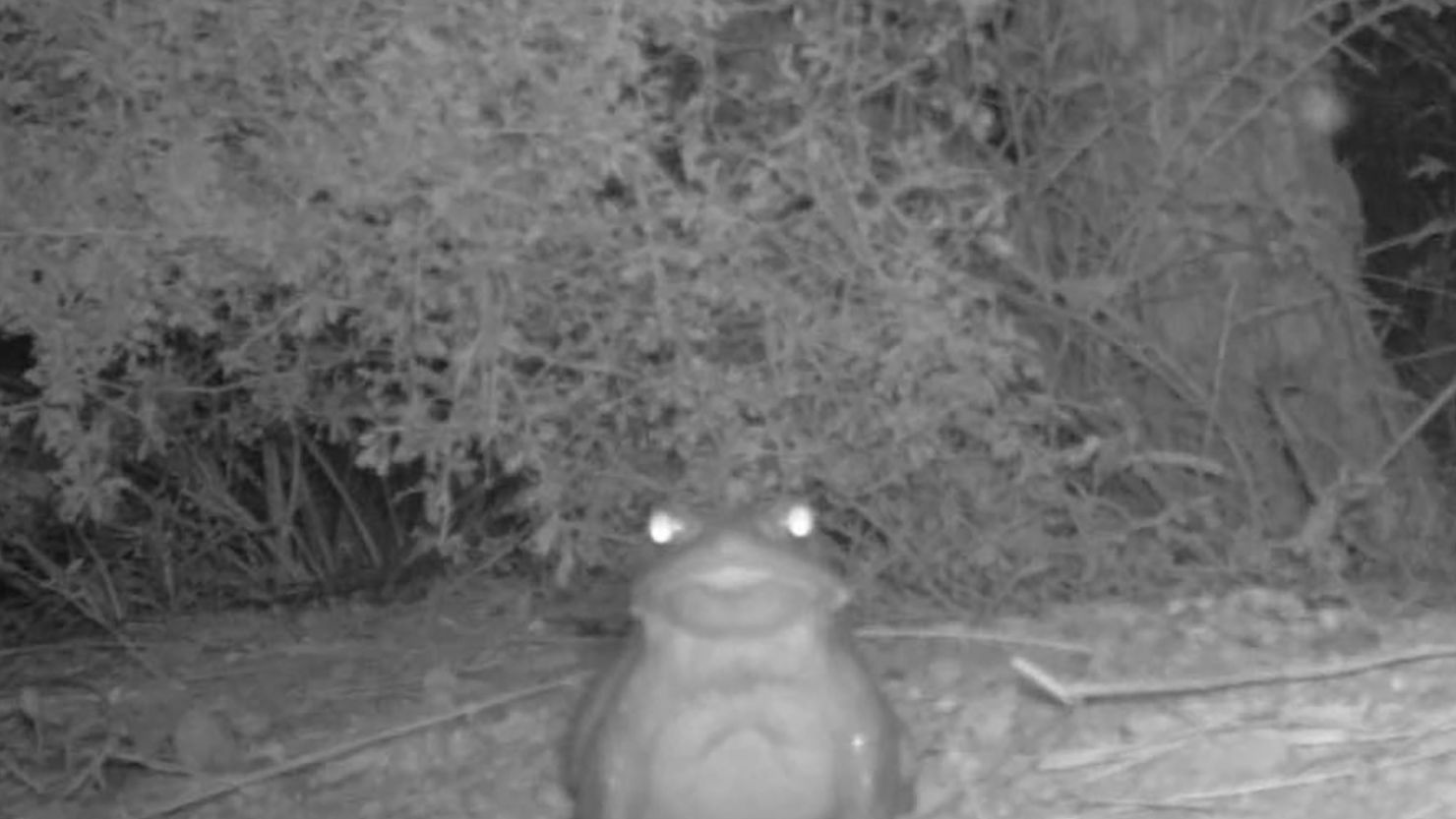As tasty as it might look, you should refrain from licking the Sonoran desert toad, the National Park Service has warned.
On Tuesday, the NPS used Facebook to warn passerby to use caution around the Sonoran desert toad, also known as the Colorado river toad.
The amphibian is one of the largest toads found in north America, measuring up to 7 inches, according to the Facebook post. The toad’s call is a distinctive “low-pitched toot,” says the NPS.
But the toads, found across the American southwest, also boast another unique feature: They “have prominent parotid glands that secrete a potent toxin,” according to the NPS. The parotid glands are located just behind the toad’s eyes.
These toxins can make humans sick if they touch the toad or put one in their mouth.

So the service recommends people who encounter the toad “please refrain from licking.”
The toad’s toxins are particularly dangerous for other animals. The toxins emitted by one Sonoran desert toad may be enough to kill a fully grown dog, according to the Arizona-Sonora Desert Museum, a zoo accredited by the Association of Zoos and Aquariums.
But among humans, the toxins have been exploited towards other ends. When smoked, the toxins are a powerful psychedelic, according to the Oakland Zoo, also accredited by the Association of Zoos and Aquariums.
Smoking the Sonoran desert toad’s secretions causes euphoria and strong auditory hallucinations, says the Oakland Zoo.
Possessing the toad’s poison, known as bufotenin, is illegal in California, according to the zoo.
